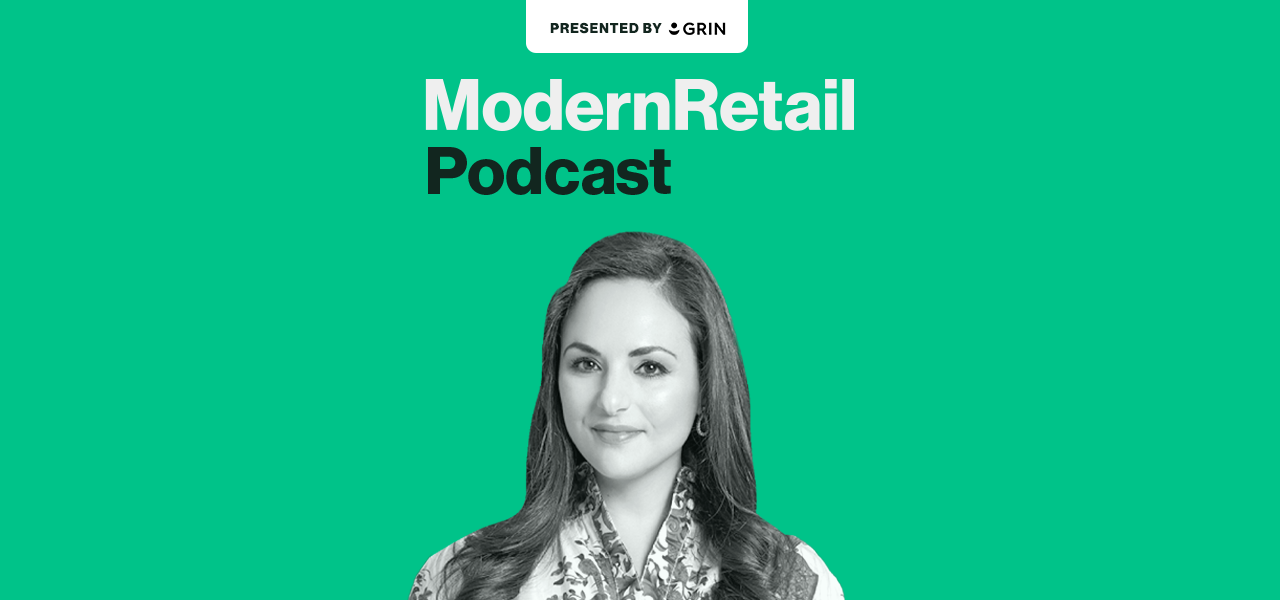Saks CMO Emily Essner on building a digital business off of a legacy retailer

Subscribe: Apple Podcasts • Spotify
Saks has big plans to grow its business by focusing on digital initiatives and targeting younger shoppers.
The company spun off its digital business from its well-known stores in late 2021. And the retailer says the two-business strategy has worked out: it’s acquired 3 million new customers over the last year-plus. According to CMO Emily Essner, it’s because Saks is more focused on being new than ever before.
The problems the business had before the spin-off, she said, was “a lot of the things you would think about — [Saks] was certainly much less data-oriented, much less digitally oriented, a lot of feelings, a lot less science. And then I think there was just less orientation, candidly, around the customer.”
Essner joined the Modern Retail Podcast and spoke about the new strategy and how the last year has gone for Saks.
One of her big priorities has been reorienting Saks’ marketing strategy. While the company has for decades been advertising, Essner said it wasn’t as targeted as she would like — especially on the digital side. For example, she’s been focusing more on search than ever before. “I think [we] got a lot more sophisticated in our strategy,” she said. The company, she added, has been investing in live commerce and continues to see it pay dividends with engaged shoppers.
Meanwhile, Saks has been focusing on expanding to new customers — such as younger shoppers and men — while also leveraging its immense customer data to focus on loyalty. With that, said Essner, retention has been a big part of the puzzle. “We use [all the customer data] within all of our owned channels to really tailor our messaging. It plays a huge role in getting you to come back,” she said.
With this, Essner sees more growth on the horizon for the retailer. The focus, she said, is about “retaining more customers. And it’s getting them to shop with us more frequently, which is all around figuring out — through our personalization efforts — how we serve them better.”
Here are a few highlights from the conversation, which have been lightly edited for clarity.
The new digital marketing focus
“We significantly ramped up our investments in a lot of places… Search is certainly a place where we’ve been able to ramp [up our efforts]. And I think [we] got a lot more sophisticated in our strategy. We have a big LTV strategy that we apply to how we think about acquiring those customers. And so that’s a place where I think we’ve been able to marry the realities of that channel, the scope that it has while also making the economics work. I think the other piece that I would point to — and this is a longer tail kind of thing — given our structure, given the reality of the economics, we tended to always invest in top-of-funnel. But we didn’t invest probably anywhere near as much as we should have. And so we’ve been able to invest significantly more. That was in video, where we had spent very little before — we’ve invested significantly more there. [We’ve also invested in] podcast advertising, all sorts of places, as well as the brand activations that have always been really critical to driving earned media.”
Saks’ evolving customer base
“Pre-pandemic — 2019, 2020 — what we started to see is that our customer was starting to get younger. And the age of our customer is something that, honestly, we’ve never really obsessed about it. It just hasn’t been a focus or wasn’t something we really thought about. But when we started looking at it, we started realizing that, naturally, our customer was getting younger. We said, ‘Wow, that says great things about our brand — that says great things about where we can go, it says great things about the assortment.’ … Over the last couple of years, that trend has certainly continued; we have seen more male shoppers [as well].”
An updated personalization strategy
“We think about personalization and retention as really living very close to each other. We have a pretty sophisticated personalization strategy. It’s centered around what we call our customer DNA, which is about 250 inputs. Those are across both the e-commerce business [and] the store’s business. Those are observed, those are predicted — everything from what you’ve shopped, what you’ve looked at, how you came into us, etc, etc. And we use those within all of our owned channels to really tailor our messaging. It plays a huge role in getting you to come back. And it also layers in back to our LTV strategy.”

